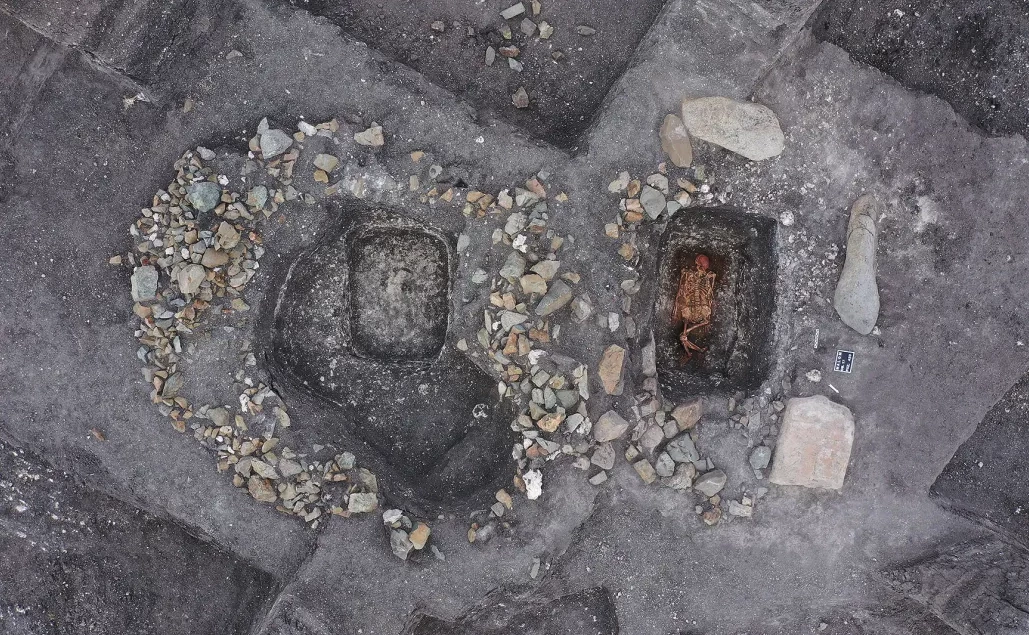Horses were likely the first “vehicle” humans used to travel faster and farther, but when exactly did we start riding them? Scientists at the University of Helsinki have now found archeological evidence that suggests horseback riding started some 5,000 years ago.
The bond between humans and horses has remained strong for millennia, but the evidence for when it all started is still patchy. The earliest unequivocal evidence for domesticated horses dates back to around 2000 BCE, after horses were found buried with chariots in Russia. Other studies find that horses were living alongside humans in Kazakhstan as early as 3500 BCE, with some specimens showing tooth wear patterns that suggest they were bridled. That could mean they were being ridden, but it’s not clear-cut.
For the new study, the Helsinki researchers examined the other side of the equation – the physical effects on the human riders. Studying 156 adult skeletons from 39 burial sites in the Eurasian Steppes, the team searched for six specific traits in the bones that could be caused by extensive horseback riding.
They were looking at the muscle attachment sites on the pelvis and thigh bones; changes to the shape of hip sockets; pressure imprints on the femur; the diameter and shape of the femur; degeneration of the vertebrae from the increased impacts; and finally, trauma that can be caused by being kicked or bitten by a horse, or falling off one. The value, distinctiveness and reliability of each symptom was considered to produce a scoring system for how likely each person was to have ridden horses regularly.

“Diagnosing activity patterns in human skeletons is not unambiguous,” said Martin Trautmann, lead author of the study. “There are no singular traits that indicate a certain occupation or behavior. Only in their combination, as a syndrome, symptoms provide reliable insights to understand habitual activities of the past.”
Out of the 156 skeletons examined, at least 24 were classified as “possible riders” based on this system. A further nine fit the bill as “highly probable riders,” the team says.
Five of the highly probable riders, as well as most of the possible riders, belonged to the Yamnaya culture, nomadic pastoralists who lived across what’s now Romania, Bulgaria and Hungary. The remains all dated to between 3000 and 2500 BCE, making this some of the oldest evidence of humans riding horses found so far. And one skeleton in particular may push the date back much earlier than we thought.
“A grave dated about 4300 BCE at Csongrad-Kettöshalom in Hungary, long suspected from its pose and artifacts to have been an immigrant from the steppes, surprisingly showed four of the six riding pathologies, possibly indicating riding a millennium earlier than Yamnaya,” said David Anthony, senior co-author of the study. “An isolated case cannot support a firm conclusion, but … clearly, we need to apply this method to even older collections.”
The research was published in the journal Science Advances.
Source: University of Helsinki




